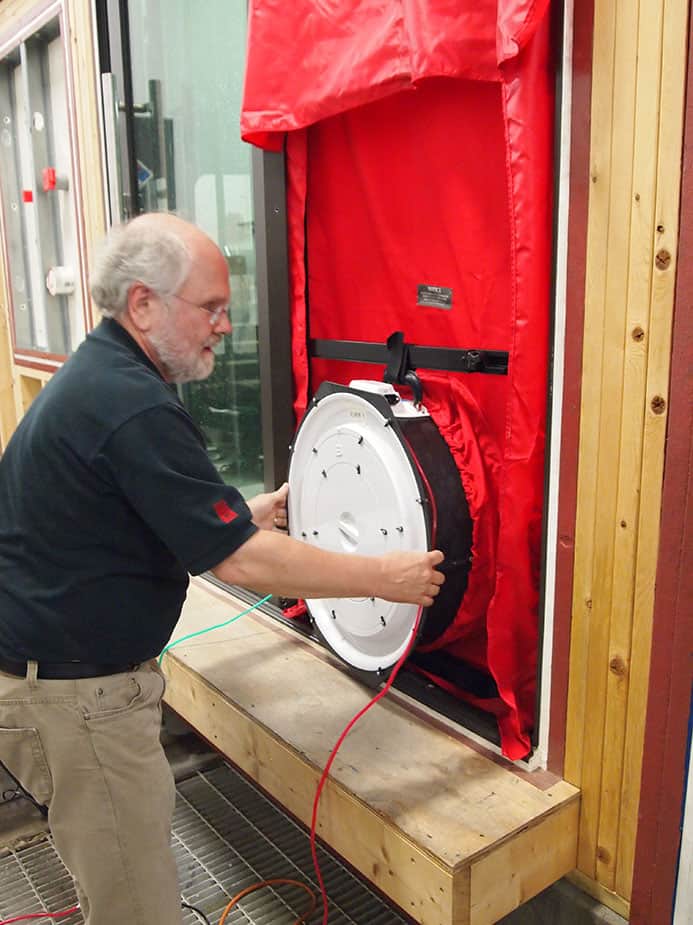Apol Saimon1232's blog : Blower Door Testing: Insights from an Experienced Professional

As someone who has been in the building diagnostics industry for years, I can confidently say that Blower Door Testing is one of the most valuable tools we have for ensuring energy efficiency and comfort in a building. Over the years, I’ve seen firsthand how this simple test can reveal hidden issues that would otherwise go unnoticed, saving homeowners and builders a lot of trouble down the road.
What is Blower Door Testing, and Why Does It Matter?
Blower Door Testing involves setting up a large, powerful fan in an exterior door and using it to depressurize the building. This process allows us to measure how much air is leaking in and out of the structure. You might wonder why this matters—after all, a little air exchange isn’t necessarily a bad thing, right? The problem is that uncontrolled air leakage can wreak havoc on your building’s energy efficiency, indoor air quality, and overall comfort.
Common Issues Revealed by Blower Door Testing
In my experience, Blower Door Testing often uncovers issues that might not be visible to the naked eye. These include:
- Leaky Windows and Doors: Even brand-new windows and doors can have small gaps that allow air to flow freely in and out. Over time, these leaks can lead to uncomfortable drafts and higher energy bills.
- Poorly Sealed Attics: Attics are notorious for air leaks, particularly around access hatches, plumbing vents, and electrical penetrations. Without proper sealing, the conditioned air from your living spaces can escape into the attic, making your HVAC system work overtime.
- Gaps in the Building Envelope: Cracks in the foundation, poorly sealed wall penetrations, and gaps in insulation are common culprits that can cause significant air leakage.
How to Interpret Blower Door Test Results
After conducting hundreds of these tests, I’ve become very familiar with interpreting the results. The key metric we look at is air changes per hour at 50 pascals (ACH50). This tells us how many times the air inside the building is replaced with outside air in an hour. A lower ACH50 value indicates a more airtight building, which is generally what you want for energy efficiency.
For instance, in a well-sealed new home, you might see an ACH50 of 1.5 or lower, while an older, draftier home might have a value of 5 or even higher. In these cases, I often recommend targeted sealing and insulation upgrades to reduce air leakage and improve the building’s overall performance.
Why Every Home Should Be Tested
I can’t stress enough the importance of Blower Door Testing, especially for new construction or major renovations. Not only does it help ensure that the building meets current energy codes, but it also provides peace of mind that your home will be comfortable and cost-effective to live in.
In addition to energy savings, a tight building envelope can also improve indoor air quality by reducing the infiltration of outdoor pollutants, allergens, and moisture. This is particularly important in areas with extreme weather conditions, where maintaining a consistent indoor environment can be challenging.
Final Thoughts
Over the years, I’ve seen the difference that blower door testing can make. Whether you’re building a new home or looking to improve an existing one, this test is an essential step in achieving a high-performing, energy-efficient, and comfortable living space. Don’t overlook it—invest in Blower Door Testing and ensure your home is as airtight and efficient as it should be.


